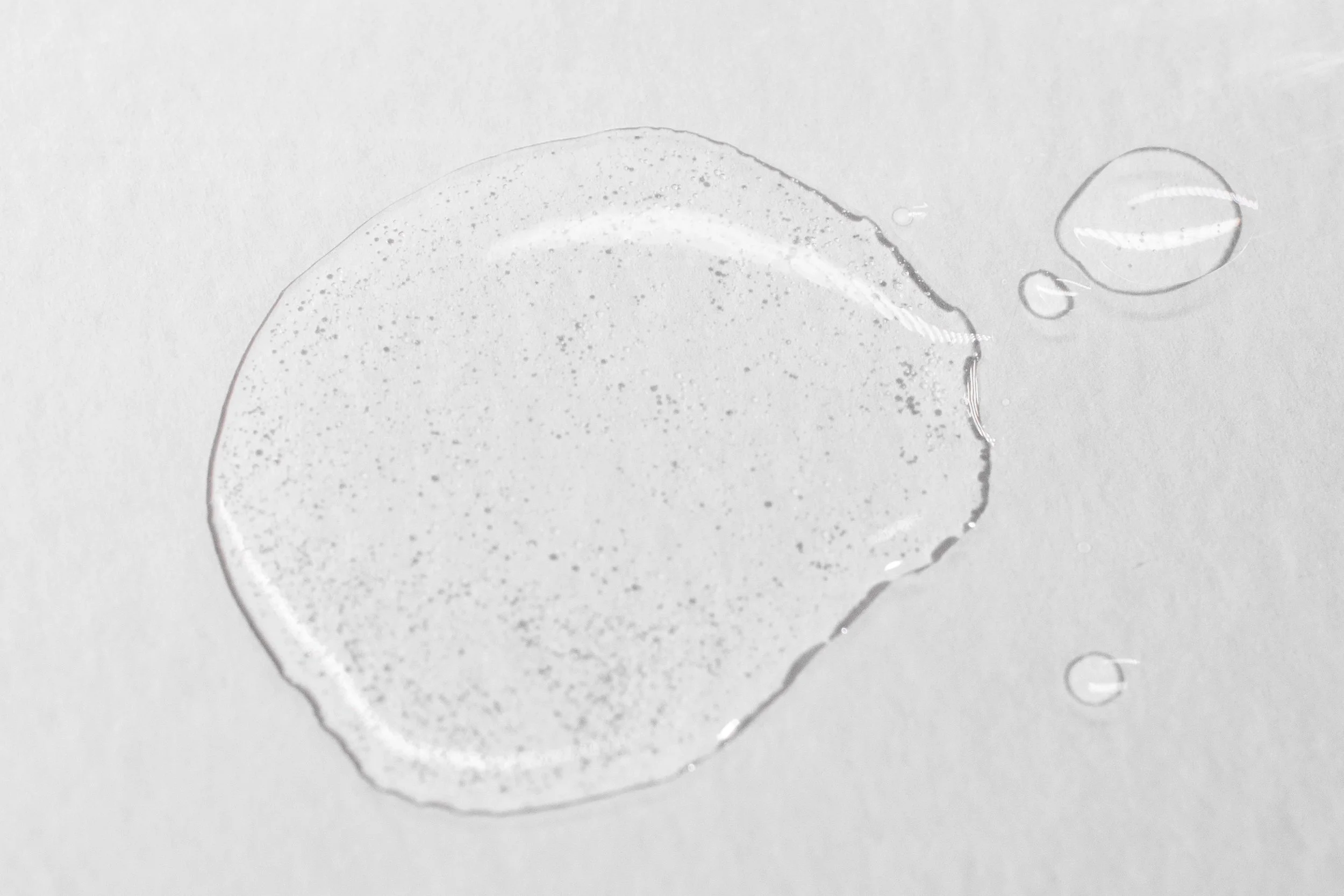Niacinamide: Game-Changing Skincare or Just Another Trend?
This story is brought to you by Ever Organics | Product photography by Perkin Gotohio
Every year, the skincare industry churns out a new “holy grail” ingredient—one that promises to fix all your skin concerns without fail. A few years ago, it was hyaluronic acid. Then it was Vitamin C for a while. Then we have niacinamide, which has appeared in nearly every serum, moisturizer, and toner on the market. But let’s cut to the core: Is niacinamide actually worth it, or is it just another overhyped fad? And if it is effective, what’s the best way to use it? Let’s break it down.
What Does Niacinamide Actually Do?
Niacinamide (Vitamin B3) isn’t new as dermatologists have been using it for decades to treat a variety of skin issues. Unlike some trendy ingredients that only do one thing well, niacinamide is backed by science for multiple skin benefits.
It helps brighten skin, but not overnight. Niacinamide is often marketed as a miracle brightening agent, but here’s the truth: it works—but slowly. Studies show that at least 5% niacinamide can reduce hyperpigmentation, but it takes 8 to 12 weeks of consistent use. So if you’re expecting overnight results, you’ll be disappointed. However, unlike some aggressive brightening agents (like hydroquinone or strong Vitamin C), niacinamide is gentler and works for all skin types, including sensitive skin.
It Regulates Oil, but won’t make you poreless. One of niacinamide’s biggest selling points is sebum regulation, making it a go-to for oily and acne-prone skin. Research shows that it reduces excessive oil production, leading to fewer clogged pores and breakouts. Does it shrink pores? No. That’s a myth. What it can do is reduce their appearance by keeping them clear and preventing congestion. If you have oily skin, this is a real benefit. However, if you have large pores due to genetics, niacinamide won’t change that.
It strengthens the skin sarrier (which most people need). The skin barrier is your first line of defense against irritation, dehydration, and environmental damage. Niacinamide helps your skin retain moisture by boosting ceramide production, which is critical for keeping skin healthy.
For those with dry, sensitive, or irritated skin, niacinamide can be a game-changer. However, higher concentrations (10% and above) can sometimes cause irritation, so it’s best to start with 5% if your skin is reactive.
It has anti-inflammatory & anti-aging properties. Inflammation is at the root of redness, acne, and even premature aging. Niacinamide has been shown to calm inflammation, making it beneficial for those with acne, rosacea, or general sensitivity.
Additionally, it boosts collagen production, which helps smooth fine lines and improve elasticity over time. That said, it’s not as powerful as retinol for anti-aging, but it’s a great option for those who can’t tolerate stronger actives.
It works well with most ingredients, but not all. One reason niacinamide is so popular is that it plays well with other skincare ingredients like hyaluronic acid, Vitamin C, and ceramides. However, high concentrations of niacinamide (10% and up) can be irritating when combined with strong acids like AHAs, BHAs, or high-dose Vitamin C. If you have sensitive skin, use them in separate routines (e.g., niacinamide in the morning, exfoliants at night).
So, Is Niacinamide Worth It?
Niacinamide is absolutely worth adding to your skincare routine, but only if you use it correctly and set realistic expectations. It’s a powerhouse ingredient for those with oily or acne-prone skin, as it helps regulate sebum production and reduces breakouts. It’s also effective in fading hyperpigmentation, strengthening the skin barrier, and providing mild anti-aging benefits by boosting collagen production. If you’re dealing with dullness, uneven skin tone, or mild redness, niacinamide can help improve your overall skin texture with consistent use.
That said, it’s not a miracle worker for deep wrinkles, genetic pore size, or overnight brightening. If you’re hoping for dramatic anti-aging results, ingredients like retinol or peptides would be more effective. And while niacinamide can help refine the look of pores by reducing excess oil, it won’t physically shrink them if they’re naturally large. The key to getting the most out of niacinamide is using it consistently at an effective concentration—5% is the sweet spot for delivering results without irritation.
If you want to add niacinamide to your routine without spending too much, Ever Organics Pore Brightening Serum is a great option. It contains 5% niacinamide, which helps regulate oil, brighten skin, and refine the appearance of pores. Alongside this, it has hyaluronic acid for hydration, Vitamin C for added brightening and antioxidant protection, and cica and allantoin to soothe and support the skin barrier. Licorice root extract is also included to help fade hyperpigmentation, making this a well-rounded formula for those looking to balance oil production while achieving a more even skin tone.
At just ₱120 for 30g, this serum is a solid budget-friendly choice, especially for those in humid climates who need something lightweight and non-greasy. While it may not be as potent as higher-end niacinamide serums, it offers a good mix of hydration, brightening, and oil control at an accessible price. Like any skincare product, results won’t be instant, but if you’re patient and consistent, this serum is a worthwhile addition to your routine.
So yes, niacinamide isn’t just another skincare trend. It’s a science-backed ingredient that delivers real, tangible benefits when used correctly. It’s not a miracle solution for every skin concern, but its ability to control oil, brighten skin, strengthen the barrier, and reduce inflammation makes it a valuable addition to any routine. If you’re looking for an affordable, beginner-friendly way to try niacinamide, the Ever Organics Pore Brightening Serum offers a nice formula at an unbeatable price. Let us know what you think if you’ve tried it out!





